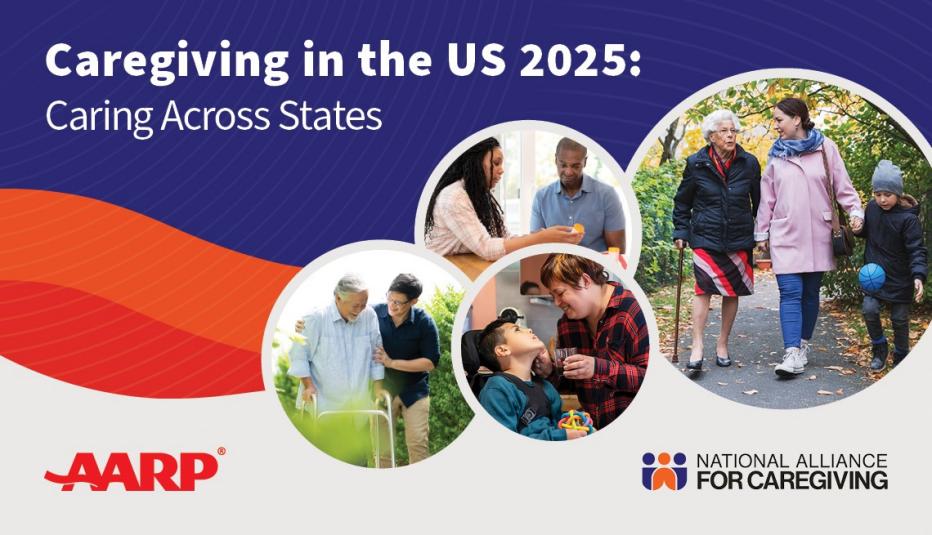AARP Hearing Center


Health care teams should consider cultural norms, age, and individual traits to ensure family caregivers are equipped to provide effective, personalized care and avoid missteps.
Explore Key Practices
This publication highlights practical strategies to enhance patient and family engagement. Learn more about how to:
- Tailor services to cultural norms: Conduct cultural competency training for staff and integrate culturally relevant examples into caregiver education materials. Collaborate with community organizations to ensure services reflect local values and customs.
- Support younger caregivers: Offer flexible scheduling for caregiver consultations, provide referrals to child-care resources, and create peer support groups for younger caregivers balancing work and family responsibilities.
- Provide language-accessible resources: Translate discharge instructions, medication guides, and caregiver training materials into the most common languages spoken in your service area. Use interpreters or multilingual staff during key care transitions.
- Recognize high-hour caregivers: Use intake assessments to identify caregivers providing extensive support. Connect them with respite care programs, financial assistance resources, and mental health services to prevent burnout.
Explore the full publication to understand the supporting evidence and learn how to implement each approach effectively in your care setting.
Find all the publications in AARP’s Promising Practices Publication Series for Health Care Leaders.




































































